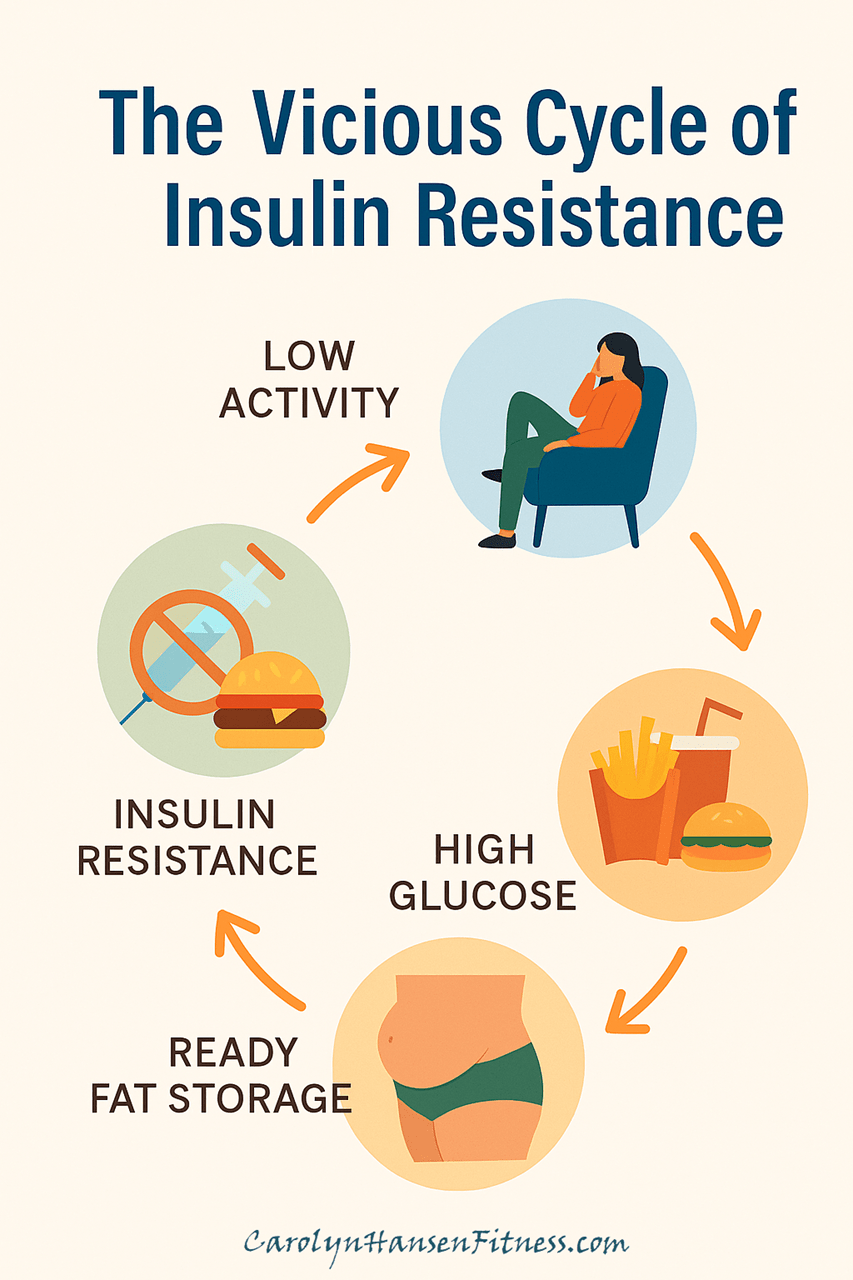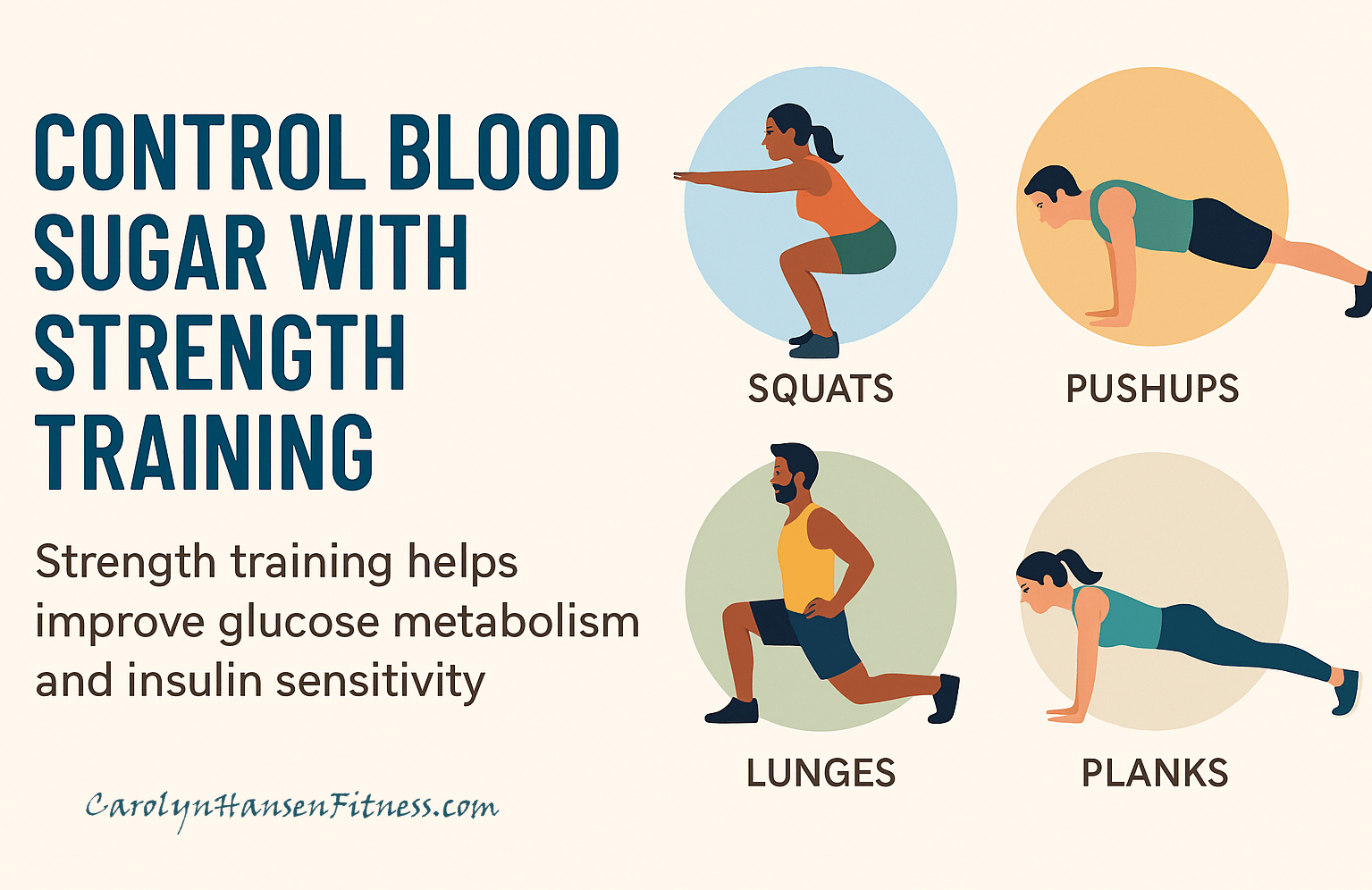Although our bodies are incredible at keeping sickness at bay, true, lasting health is a gift we give ourselves through the small, consistent choices we make each day. The lifestyles we live—our food, our movement (or lack thereof), and our stress levels—are the true medicine or poison we offer our cells moment by moment.
Modern convenience may have made life easier, but it hasn’t made us healthier. In fact, it’s done quite the opposite. One of the most serious yet overlooked consequences of today’s sedentary, high-calorie lifestyle is the growing crisis of blood sugar imbalance.
Blood Sugar: A Hidden Health Crisis
In the United States alone, nearly 2 out of every 3 adults have blood sugar levels that are out of control. One-third of the population is diabetic, and another third is pre-diabetic. Alarmingly, only 4% of pre-diabetics are even aware of their condition, meaning the majority go untreated—often progressing to full-blown Type 2 diabetes within 10 years.
What’s more concerning? Even those who know they’re at risk often ignore the lifestyle changes needed to reverse the trend—like eating smarter, moving more, and maintaining a healthy weight.
What Happens When We Eat?
Every time we eat, our pancreas releases insulin, a hormone that helps shuttle glucose (sugar from food) into our muscle cells, where it can be used as energy. But if those muscles aren’t being used—thanks to hours of sitting or too little physical activity—they become “full” and stop accepting more glucose. This leads to insulin resistance, a condition where insulin can no longer do its job effectively.
When that happens, glucose stays in the bloodstream, along with excess insulin, creating a dangerous combination that damages:
-
Blood vessels
-
Organs
-
Immune cells
-
Nerves
-
Muscles
-
Eyes and kidneys
Even worse, the excess sugar is stored as fat, often around the belly, and the body begins to age faster at the cellular level. This increases the risk of heart disease, stroke, Alzheimer’s, and other chronic degenerative conditions.
 The Vicious Cycle of Insulin Resistance
The Vicious Cycle of Insulin Resistance
Once insulin resistance sets in, the body responds by pumping out even more insulin to try and compensate. But the more insulin there is, the more fat is stored—and the fewer glucose receptors are made by the cell. Over time, the body loses its ability to regulate sugar altogether. Blood pressure rises, the waistline expands, and energy levels plummet.
But there is a powerful, proven solution—and it doesn’t come in a bottle.
Strength Training: Your Body’s Natural Blood Sugar Regulator
While all forms of movement support health, resistance training (strength training) is hands down one of the most effective ways to improve glucose metabolism and reverse insulin resistance.
Here’s why:
-
Muscles are the primary storage tanks for glucose.
-
When you train your muscles, they demand more glucose.
-
This makes the cells more sensitive to insulin, which helps lower blood sugar naturally.
Even small sessions of strength training can reawaken insulin receptors and reverse years of damage. And no, you don’t need to bulk up! The goal is strength, not size.
Getting Started with Strength Training
(No Gym Required!)
There is no one-size-fits-all program. Your age, current health, and mobility all play a role. But for most beginners, starting with 10–20 minutes of resistance-based movement, and gradually working up to 30 minutes, can make a world of difference.
You don’t need a fancy gym membership or expensive equipment. What you do need is consistency and proper form. Simple bodyweight movements done at home can be just as powerful as machines or free weights. Try:
-
Squats
-
Pushups (or wall pushups)
-
Lunges
-
Planks
-
Jumping jacks
-
Resistance bands or light dumbbells
YouTube and other platforms are filled with free guided workouts for all fitness levels—so lack of knowledge is no longer a valid excuse.
The Anti-Aging Bonus
Beyond blood sugar control, strength training supports:
-
Lean muscle mass
-
Improved metabolism
-
Better mood and cognitive function
-
Bone density
-
Heart and immune system health
Best of all? It slows the aging process at the cellular level, helping you feel younger, stronger, and more energized at every age.
The Takeaway:
Strong Muscles, Strong Metabolism
When it comes to aging gracefully and avoiding chronic illness, insulin is the most powerful hormone in your body. By prioritizing movement—especially strength-building movement—you activate your body’s natural ability to manage sugar, burn fat, and stay vibrant.
Visit Self-Improvement Gifts where you can choose from a library of Free resources that can help you with all your health and fitness needs.
It’s time to live your best life possible!


